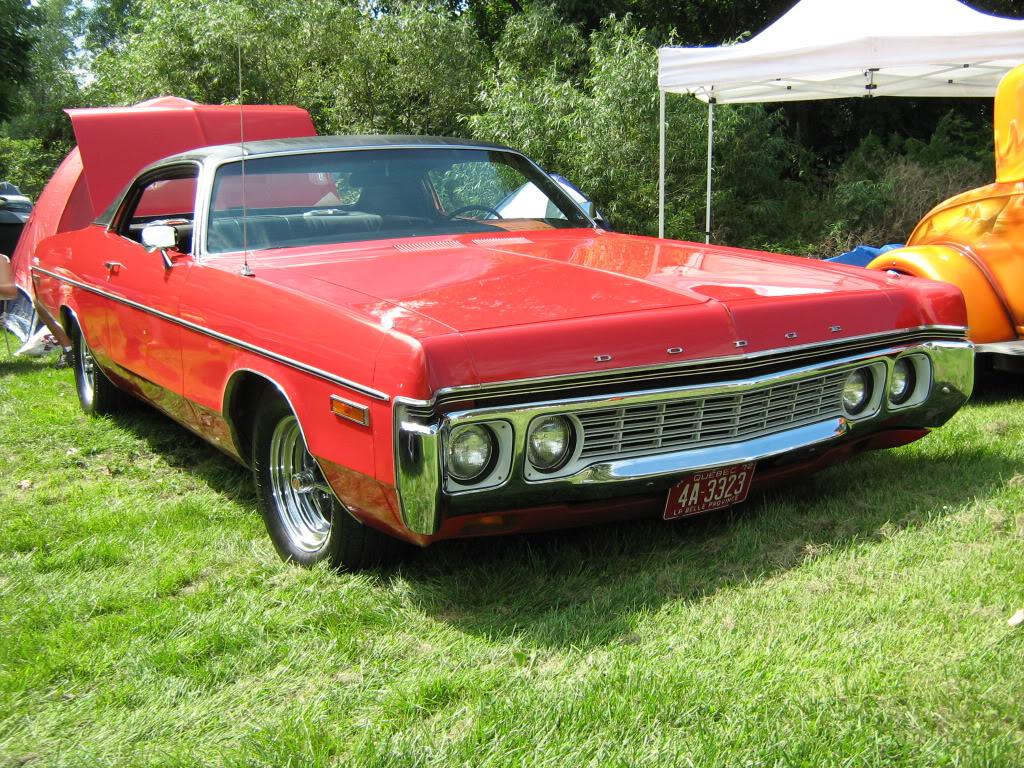1972 Dodge Polara American muscle car
The name Dodge Polara first appeared in 1960 and was used on Dodge's full-size vehicle. The name would continue to adorned Dodge vehicles in various forms unti 1973.
When introduced, the Dodge Polara's design was similar to vehicles of the prior years, continuing the 'Forward Look' design of Virgil Exner. In the front was a small grille accompanied by a large front bumper. In the rear were taillights termed 'jet pods'. The lights were larger than what they needed to be with part of their purpose to aid in the futuristic look of the vehicle. Tail fins were part of the ensemble. There were to tail lights with the lower light built into the rear bumper. Chrome and trim were used extensively on the vehicles exterior. On the interior the vehicle was adorned in plush fabrics, appropriate since this was Dodge's near top-of-the-line vehicle.
1972 Dodge Polara police car
A few of the changes that occurred on the Dodge Polara in 1961 were enlarging the cars tail fins and reversing their direction, meaning they grew larger as they crept towards the rear window. In the front the larger bumper treatments were replaced in favor of a more simple design. The concave grille from the Dodge Dart could now be found on the Dodge Polara. The result of the work of Exner's styling department was a unique design and something that was different from anything else on American roads at the time. Unfortunately, the American public did not favor the design and sales were dismal, with only 14,032 units produced. This was one of the lowest figures for the Dodge Marque since the early 1910's.
1972 Dodge Polara retro car
Change was obviously needed. For 1962 the Polara was moved to a smaller platform, now just 116 inches. The change had come as a last-minute decision in an effort to mirror the moves Chevrolet were making with their designs. Chevrolet was downsizing all of their products. Dodge designers were forced to revise their designs to more compact configurations. When Chevrolet rolled out their new products in 1962, the Chrysler Corporation were surprised to see that what was thought to be a down-size of all their products was merely the inclusion of smaller products to their mid and full-size line-up. Chevrolet had their full-size Biscayne, Bel Air, and Impala. The Chevy II was now their compact vehicle. As a result Dodge and Chrysler offered smaller cars than their competitors in 1962. The public and press were not impressed with the new designs, finding them awkward. Sales remained low.

